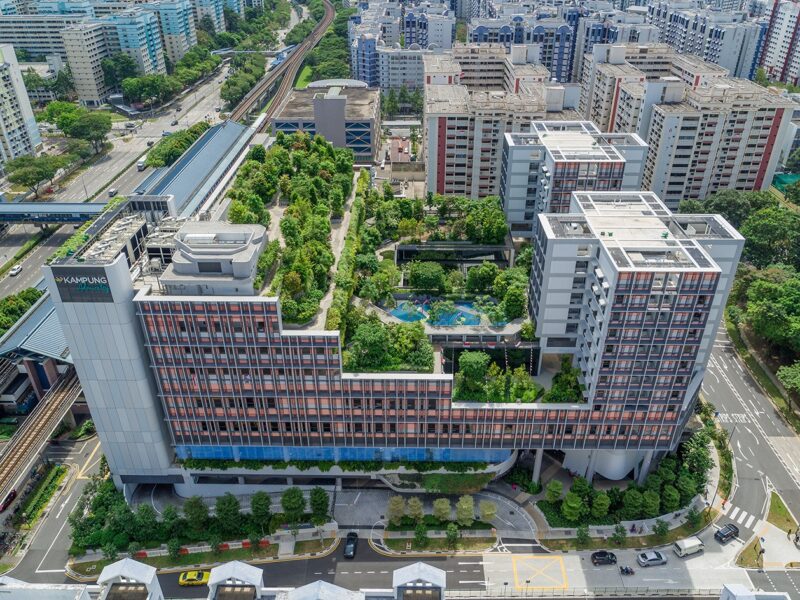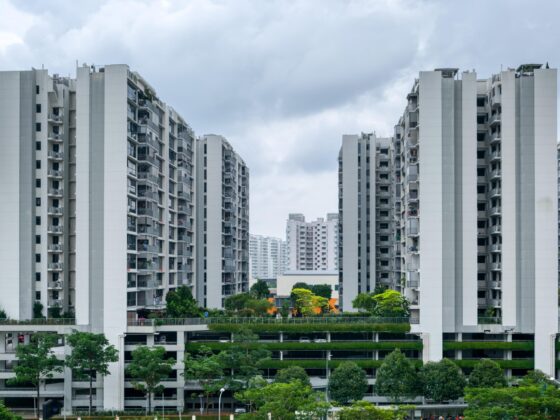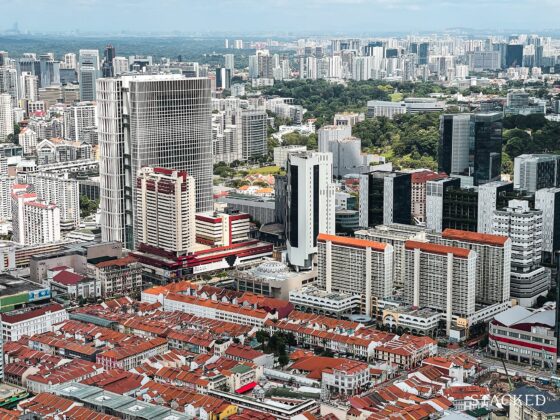Japanese developers have become key players in shaping Singapore’s real estate landscape. Their projects bring a distinct mix of craftsmanship, precision, and innovation that aligns with the city’s pursuit of excellence. Singapore’s property market values quality, design, and long-term performance—areas where Japanese expertise stands out.
River Modern reflects how cross-cultural collaboration between Japanese and Singaporean developers can redefine urban living through technology, efficiency, and refined design. These influences are creating a new wave of modern developments across the city.
1. Precision, Quality, and Craftsmanship

Japanese construction and design philosophies are rooted in precision and attention to detail. Every element, from layout to material selection, is carefully planned to create functionality and beauty. This mindset has made a strong impact on Singapore’s property standards.
Developments inspired by Japanese design prioritize space efficiency and minimalism. Smart storage, clean lines, and uncluttered interiors appeal to buyers who value practicality without compromising aesthetics. The result is a seamless living experience that balances comfort with sophistication.
Japanese developers also bring an emphasis on durability. Their projects often use advanced construction methods and long-lasting materials, reducing maintenance costs over time. This focus on quality aligns perfectly with Singapore’s preference for sustainable, high-value real estate.
2. Innovation Through Technology and Sustainability
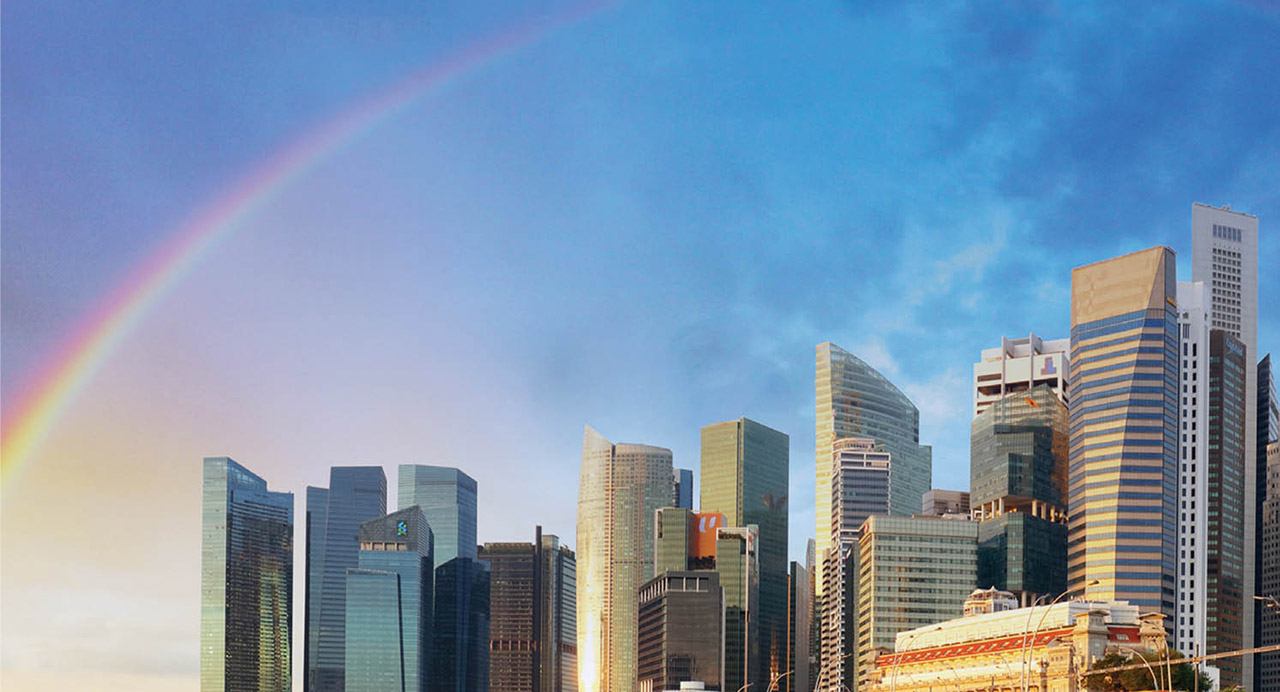
Japan is known for integrating advanced technology into everyday life, and its developers bring the same approach to real estate. Smart home systems, energy-efficient designs, and automation are now common features in their projects. These innovations enhance convenience while reducing environmental impact.
Developments influenced by Japanese firms incorporate solar power, motion-sensor lighting, and rainwater recycling systems. These eco-friendly solutions support Singapore’s broader sustainability goals and appeal to environmentally conscious buyers.
Projects like River Modern embody this blend of innovation and environmental responsibility. By combining smart technologies with natural design principles, they create living spaces that are both modern and mindful of the planet.
3. Human-Centered Design and Community Living
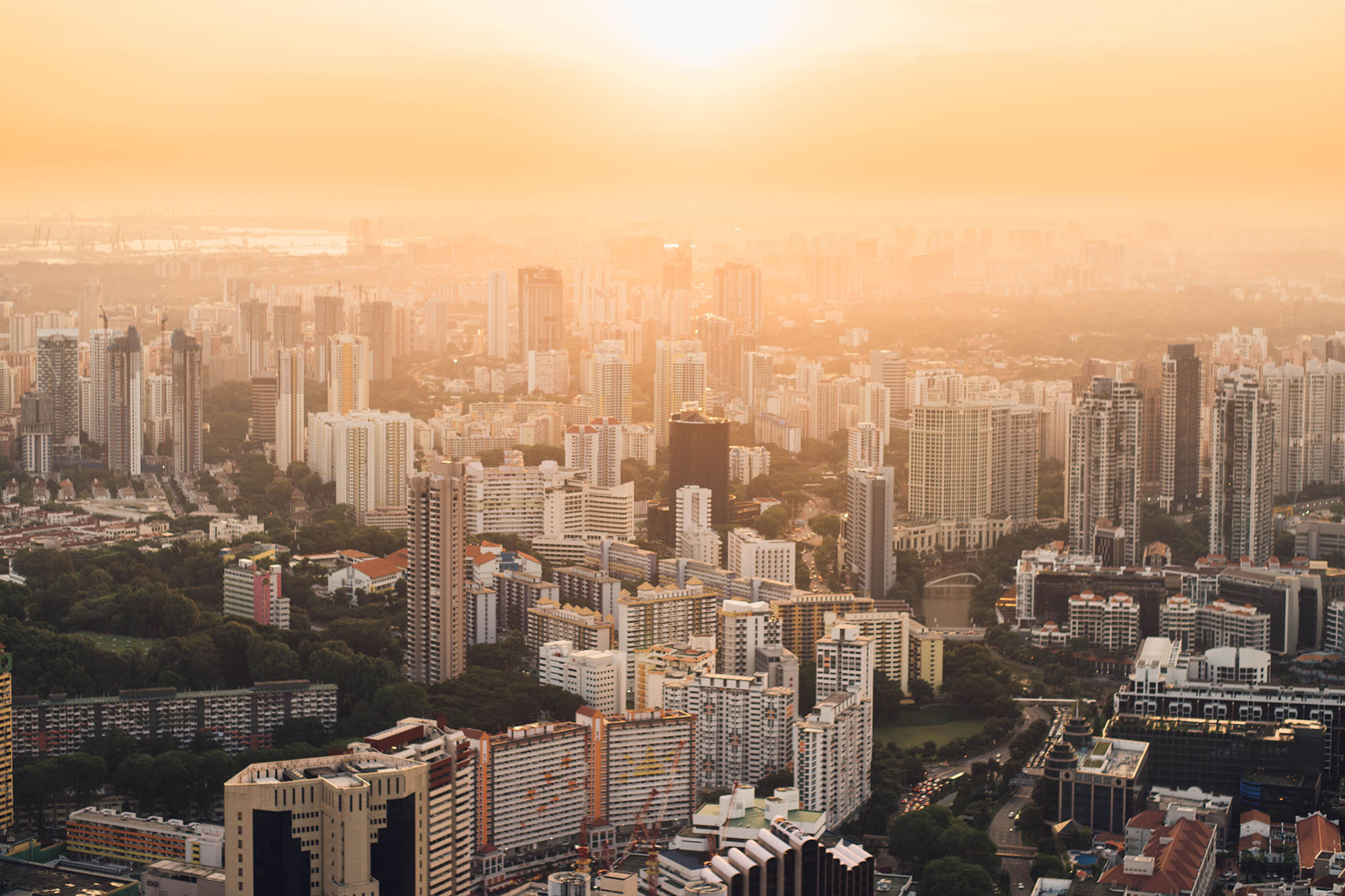
Japanese architecture focuses on harmony—between people, nature, and built environments. This concept has influenced Singapore’s modern developments, which now emphasize livability and community connection.
Developers integrate shared spaces such as gardens, reading lounges, and wellness areas to promote interaction and balance. The use of natural materials, soft lighting, and open layouts helps reduce stress and improve well-being. These elements reflect the Japanese belief that a home should nourish both the body and the mind.
Singapore’s city planners have embraced these ideas, adapting them to dense urban settings without losing the sense of calm. The result is a new generation of developments that merge Japanese serenity with Singaporean urban dynamism.
Conclusion
Japanese developers have brought valuable ideas to Singapore’s real estate industry—precision, innovation, and a focus on human-centered design. Their influence can be seen in how modern developments balance technology, sustainability, and comfort.
Projects such as River Modern showcase this evolution, proving that global collaboration can elevate standards and redefine what urban living means. As Singapore continues to innovate, the partnership with Japanese expertise will remain a driving force behind its most forward-thinking developments.
